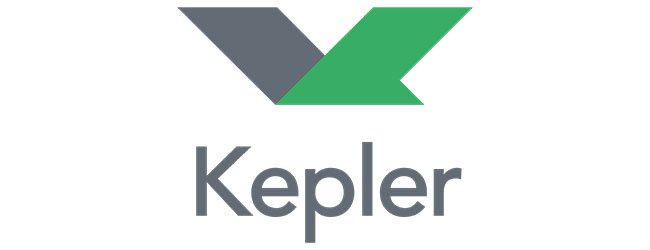Good Practices
Review the Good Practices gathered by the Global Task Force from individuals, governments, and organizations worldwide implementing Complementary Education Pathways to support the access and expansion of tertiary education for refugees in third and host countries.
What is a good practice?
Good practices are practices that have worked well and produced good results in implementing Complementary Education Pathways for some stakeholders and can be models for others to emulate. Sharing good practices can help other stakeholders tackle challenges in the development and implementation of Complementary Education Pathways programs and inspire new initiatives to be developed around the world.
The good practices listed were compiled by the Global Task Force in collaboration with its permanent members and the global community of practice members. They do not necessarily reflect the official policy or position of the Global Task Force.
Should you have any comments or queries, please contact info@edpathways.org.
Country of Work: Mexico
Operating Dates: 2017 - Currently
Target Population: Afghan, South Sudanese & Syrian refugees.
Country of Work: Mexico
Operating Dates: 2022 - Currently
Target Population: Graduates from the Habesha Americas and Complementary Pathways mainly from nationalities such as Columbia, Honduras, Nicaragua, El Salvador, Syria, Yemen, Haiti, South Sudan and Venezuela.
Country of Work: Rwanda, Kenya, and Ethiopia
Operating Dates: 2018 - Currently
Target Population: Refugee population in Rwanda, Kenya, and Ethiopia
Country of Work: Japan
Operating Dates: 2022 - Currently
Target Population: Ukrainian students
Country of Work: France
Operating Dates: 2021 - Currently
Target Population: Refugee population in Niger, Chad and Cameroon
Country of Work: Ireland
Operating Dates: 2022 - Currently
Target Population: Refugees from third countries.







